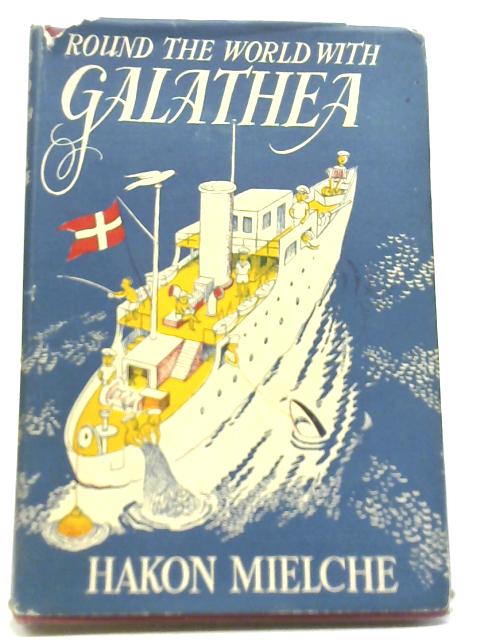- Triceratops wrote:
- Bathysaurus ferox one of the more than 4000 new species found during the Expedition:

The deepsea lizardfish which confirmed in the minds of many that mariners’ tales about the oceans being so vast and deep and capable of containing any number of weird creatures and mythical monsters such as the Leviathan, the Kraken and Godzilla etc could not so easily be dismissed. Since when a large number of ‘living fossils’ have been discovered (although Nessie herself remains elusive).
One such (and at the other end of the size spectrum) is Monoplacophora, a small mollusc previously known only as a fossil but discovered alive on the deep bed of the Pacific in 1952 by the Danish Scientific Research Foundation. Their ship
KDM Galathea II undertook a round-the-world expedition between 1950-2 to mark the hundredth anniversary of the voyage of the first
KDM Galathea. That earlier expedition had been a circumnavigation undertaken between 1845-47. It had ostensibly been inspired by the voyages of
HMS Beagle, and
Galathea did indeed make significant discoveries in natural history recorded by distinguished naturalists aboard such as botanist Ferdinand Didrichsen, zoologist Wilhelm Behn and herpetologist Johannes Reinhardt.
However, political and trade considerations were also high on the agenda. Ever since having been defeated in 2 conflicts with Britain during the Napoleonic Wars and which had resulted in the destruction of the Danish fleet and the loss of Norway, Copenhagen had adopted an increasingly pragmatic approach in its relations with London. By the 1840s, the Danish government and the Kongelige Octroyerede Danske Asiatiske Kompagni (the Danish Asiatic Company) had concluded that their best interests in Asia would be served by aligning themselves with the British Empire there. To that end the Asiatiske Komapagni effectively dissolved itself in 1843 and sold its possessions in India to the British East India Company. These included the towns of Trankebar in Tanjore and Frederiknagore (Serampore) in Bengal. In return, the Danes received preferential treatment from the British vis-a-vis the China trade which had opened up as a result of the recent First Opium War. Nevertheless, Denmark retained sovereignty over the Nicobar Islands, the survey of which was one of
Galathea’s missions following the formal handover of Tranquebar and Serampore to the British. The survey of the Nicobar Islands, however, concluded that there was little to be gained economically from those remote territories and so they too were later sold to the British in 1868.

(A 1950s book celebrating the voyage of
Galathea II)
A third
Galathea expedition took place between 2006-7 which looked at, among other things, the effects of climate change on marine zooplankton. You can read more about the 3
Galathea expeditions here:
Galathea-ekspeditionerne (Danish language)
Galathea expeditons (English language)
